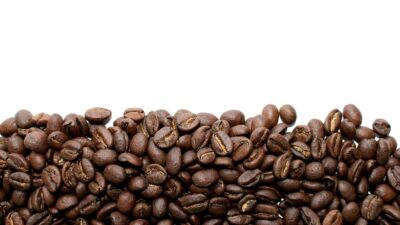Frying is a culinary technique that can elevate your dishes to new heights, adding a delightful crunch and rich flavor. However, it can also be daunting for home chefs. To help you master this cooking method, we’ve compiled essential dos and don’ts, backed by expert advice. Whether you’re a novice or a seasoned cook, these tips will ensure your frying is safe, efficient, and delicious.
The Dos of Frying
1. Do Choose the Right Oil
Selecting the right oil is crucial for frying. Oils with high smoke points, such as canola, peanut, or sunflower oil, are ideal. They can withstand the high temperatures required for frying without breaking down or imparting off-flavors.
2. Do Preheat Your Oil
Before adding food, always preheat your oil. A temperature between 350°F to 375°F (175°C to 190°C) is optimal for most frying tasks. Use a thermometer for accuracy, as this helps achieve that perfect crispy exterior while cooking the interior evenly.
3. Do Dry Your Food
Excess moisture on your food can cause splattering and lead to soggy results. Pat items dry with paper towels before frying, especially proteins like chicken or fish. This step will yield a better, crispier texture.
4. Do Fry in Small Batches
Overcrowding the frying pan can lower the oil temperature, resulting in greasy, unevenly cooked food. Fry in small batches to maintain the oil temperature and achieve the desired crispiness.
5. Do Use a Deep Skillet or Dutch Oven
A deeper pan allows for more oil and reduces the risk of splatter. A Dutch oven is a great option that retains heat well and can handle large quantities of food.
6. Do Monitor the Temperature
Keep an eye on the oil temperature throughout the frying process. Adjust the heat as necessary to maintain a consistent temperature. Undercooked food can be unappetizing, while burnt food is a waste.
7. Do Use a Spider or Slotted Spoon
Using tools like a spider or slotted spoon helps remove fried food from the oil safely and efficiently, allowing excess oil to drain.
8. Do Let Fried Food Drain
Once cooked, place your fried items on a wire rack or on paper towels to drain excess oil. This step is vital for preventing sogginess and ensuring that the exterior stays crispy.
The Don’ts of Frying
1. Don’t Use Oils with Low Smoke Points
Avoid oils like olive oil or butter for deep frying, as they can easily burn and produce unpleasant flavors. Stick with oils designed for high-temperature cooking.
2. Don’t Skip Safety Measures
Frying can be hazardous due to hot oil. Never leave frying unattended, and ensure you have a lid nearby to smother any unexpected flames. Always keep a fire extinguisher rated for grease fires in the kitchen.
3. Don’t Freeze Wet Batter
If you’re using a wet batter, avoid freezing it. The moisture can lead to uneven cooking and a gummy texture. Instead, allow the batter to adhere to the food briefly before frying.
4. Don’t Fry at Lower Temperatures
Frying at too low a temperature may lead to greasy, unappetizing food. It also increases cooking times and may not kill harmful bacteria effectively. Ideally, maintain the recommended frying temperatures.
5. Don’t Skip Seasoning
While you might think that the frying process will intensify flavors, it’s important to season your food before frying. Salt, spices, and herbs should be added ahead of time for maximum flavor absorption.
6. Don’t Use the Same Oil Repeatedly
While it might be tempting to reuse frying oil, each cycle reduces its quality and can affect the taste of your food. Strain the oil after it cools if you plan to reuse it, but limit reuse to a few times.
7. Don’t Put Wet Food in Hot Oil
Avoid adding wet food into hot oil, as this can cause dangerous splatter and may result in burns. Ensure food is dry before introducing it to the hot oil.
8. Don’t Forget to Cool Down
After frying, allow the oil to cool completely before attempting to dispose of or store it. Hot oil can be a fire hazard and can cause burns.
Conclusion
Frying can be an enjoyable and rewarding cooking experience when done correctly. By following these dos and don’ts, you can create beautifully cooked, crispy dishes while ensuring safety and minimizing mess. So grab your frying pan, and let the deliciousness begin! Happy frying!



